Balance between nature and people
Help make the World greener in a natural way! Thanks to Emission cleanup, it is now possible for everyone to have a new tree planted. Help make the Netherlands greener and thus reduce your own CO2 consumption..
The profit of the webshop go towards planting trees.
We also plant crops for biodiversity
Increase the impact of a healthy climate.
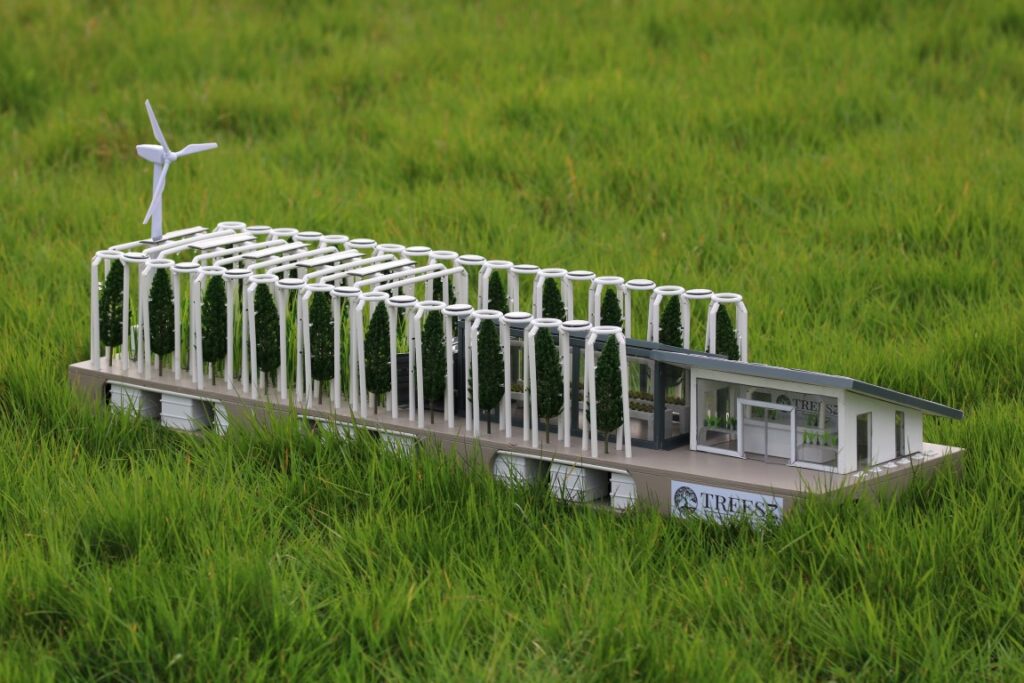
Wordlwide livestock farms have been producing an excess of CO2 & NO2 for years. Figures for this sector of greenhouse gas emissions are: agriculture (3 megatonnes of CO2 equivalent) which requires change.
Project Emission cleanup offers a solution that allows farmers or companies to continue their activities in a different form, based on sustainable developments. And be able to combat the excess of CO2 & NO2 produced by reducing CO2 & NO2 on a very large scale!
Organic food production (greenhouses)
Production of fruits and crops
Production of elephant grass for bio plastic (to replace regular plastic)
Next to the farm is a container battery, intended to accommodate the large-scale solar park energy production and wind turbine located on the site. There are transparent panels on the roof of the greenhouses, which are made of special translucent solar cells, which means that plants grow faster than under normal glass. This is evident from a study by scientists at the University of California. The container battery is the size of half or a full sea container.
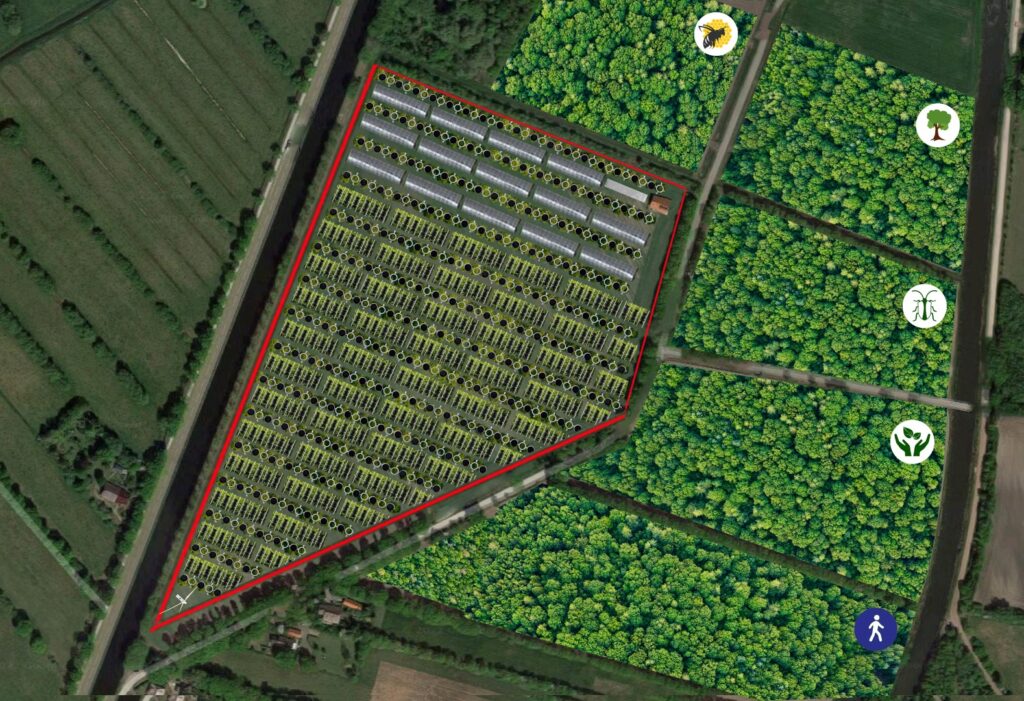

The farm or tiny house and the associated land will be transformed, with the land being enriched with trees and elephant grass. The livestock farm is being converted into an arable farm (greenhouses), allowing them to produce sustainable ecological food and thus build a healthy financial company
By turning on the lighting during the day during the dark periods of the year (November to March), the trees and crops receive more light to reduce CO2 and stick dust compared to the austere days of the year. The complex is technically stand-alone and does not use the grid energy. The energy can be used to provide the complex with electricity and is ideal for producing fruit and vegetables in the greenhouses to make organic food affordabl
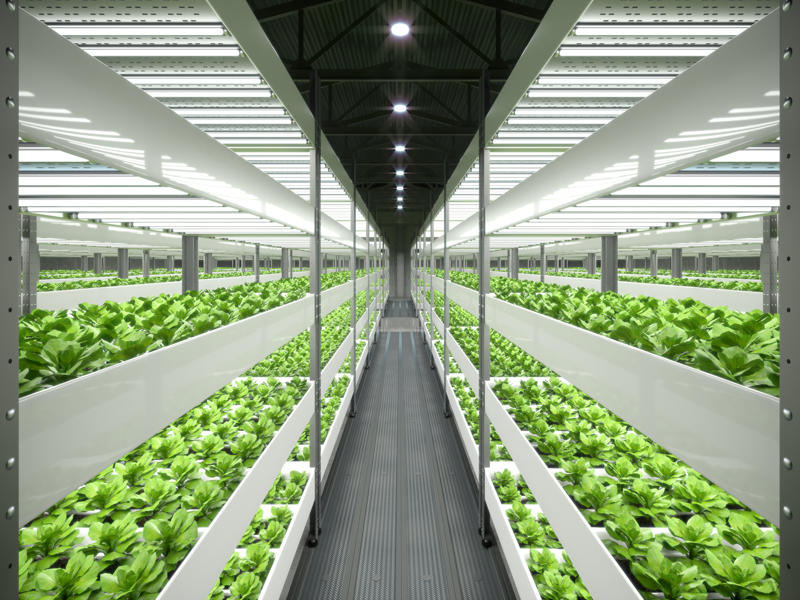
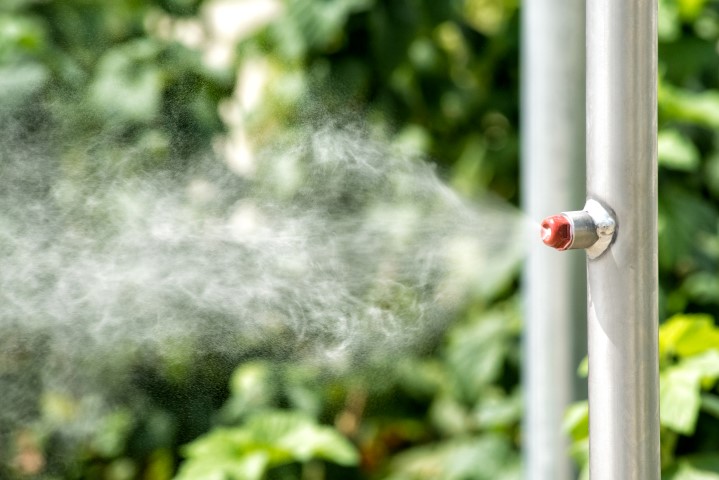
The green part has its own irrigation system that stores excess water in underground reservoirs and can be used during drought and can possibly also be used as a fire prevention system. The system can be controlled remotely using the BMS (building management system). The irrigation system also prevents the trees from absorbing less CO2 due to drought.
The trees and crops are grown with a view to optimizing natural growth. This starts with the right nutritional soil and adding natural nutrients to the water and extra light
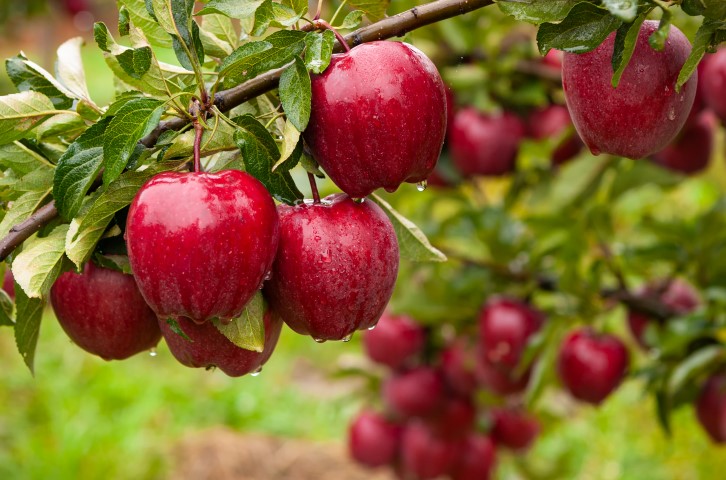
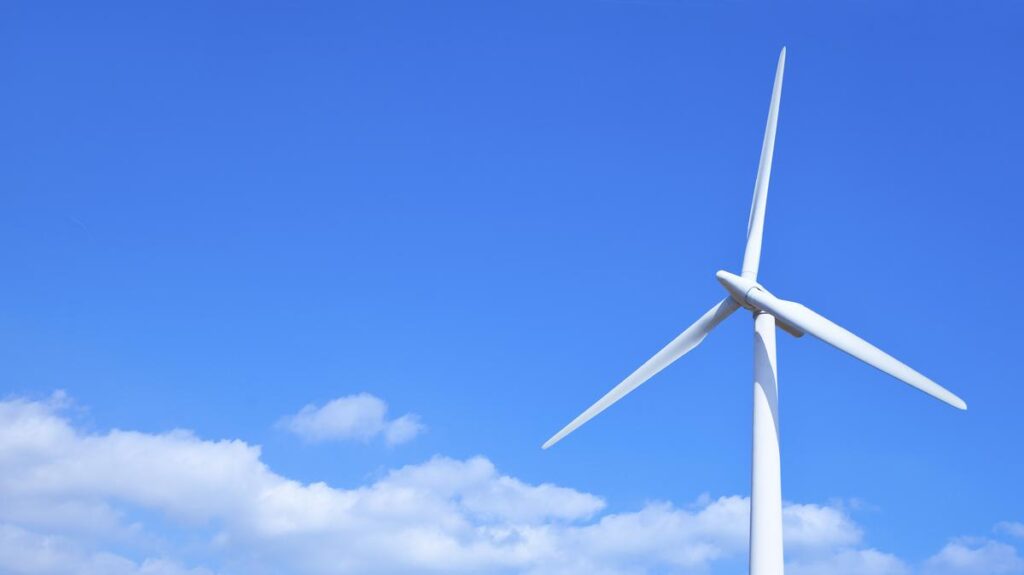
is a clean, renewable energy source that significantly reduces emissions. Wind turbines convert wind into electricity without harmful emissions. Wind energy is essential for a low-carbon future and contributes to energy independence. Innovations improve efficiency and make it an increasingly important part of the energy mix.
are an innovative technology that converts sunlight into energy without obstructing the view. They can be integrated into windows, facades and screens, allowing buildings to generate energy without sacrificing aesthetics. These solar panels offer new possibilities for sustainable energy generation in urban environments and architectural designs.


The surrounding areas are provided with natural forests to give dying plant and animal species the opportunity to recover in a protected nature reserve and with a view to natural biodiversity. For example, by installing beehives and planting endangered plant species.
